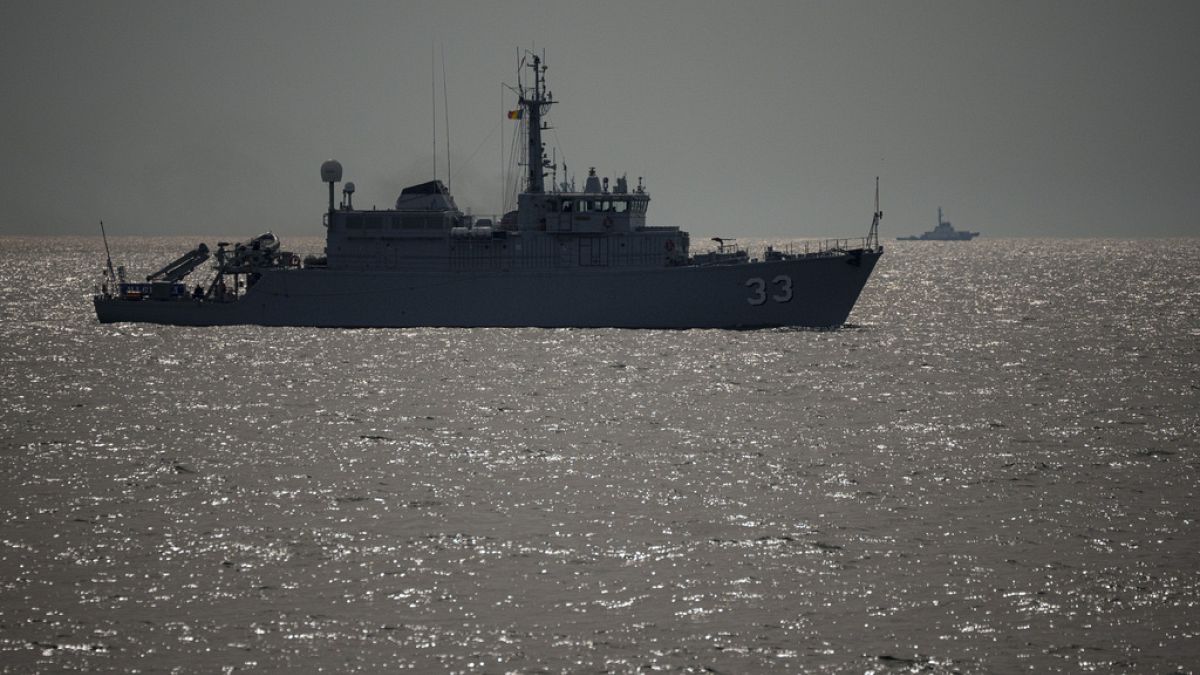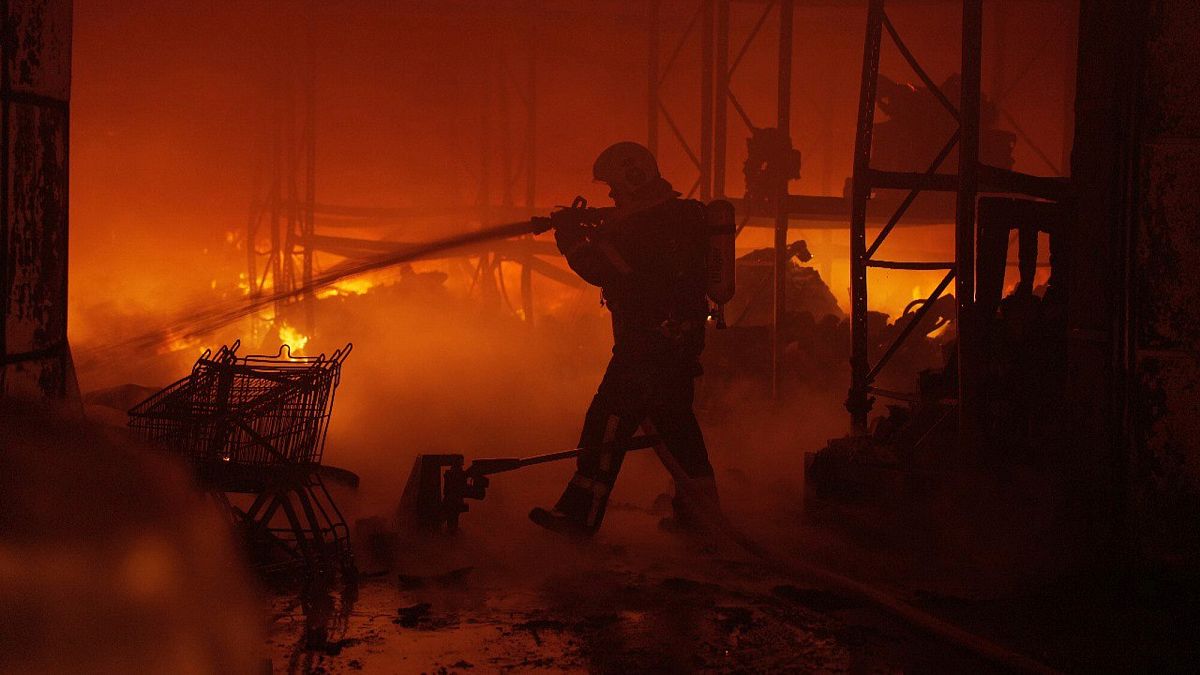One of NATO’s largest annual naval exercises, the Black Sea drill “Sea Shield 25”, is meant to improve cooperation between NATO countries and prepare for different types of threats. The drill comes at a time of heightened tensions in the region, with the Black Sea playing a strategic role on NATO’s eastern flank.
1,600 Romanian troops are participating alongside 11 partner states — Albania, Bulgaria, Canada, France, Greece, Italy, the United Kingdom, the Netherlands, Spain, the United States and Turkey.
Dozens of ships, patrol planes, helicopters, and approximately 2,600 troops from 12 allied countries are participating in the exercise, which simulates a range of scenarios, including hybrid threats to maritime and aerial attacks. The complex training operations include live-fire exercises and attack simulations designed to ready NATO’s response capabilities.
Roughly 64 kilometres off the Romanian coast, an alarm pierces the calm sea air. An unidentified target has been spotted on radar, starting an immediate alert across the fleet. Air support readies, and an IAR 330 Puma Naval helicopter lifts off on a maritime reconnaissance mission.
Modernisation as well as constant vigilance required
Among the participating units is the Mine Countermeasures Black Sea Task Group, created in 2023, which plays a crucial role in neutralising potential underwater hazards. “There is the danger of drifting mines, which impacts operations,” explains Lieutenant-Commander Cătălin Harabagiu, commander of the Combat and Operations Service aboard the frigate ‘King Ferdinand’: “We must learn to work and operate together and speak the same language.”
The exercise also involves special forces, combat divers, and experts in chemical, biological, radiological, and nuclear (CBRN) defence, simulating a wide range of modern warfare scenarios.
Rear-Admiral Cornel Cojocaru, Commander of Romania’s Navy Fleet, emphasised the necessity of modernisation and constant vigilance. “Since the war began, there have been threats and that the Russian Black Sea fleet has carried out attacks on Ukraine both with surface ships, submarines, and aviation,” he said. “We need modern technology just as we need highly trained personnel.”
The exercise offers NATO forces an opportunity to refine their strategies and reinforce collective defence measures in the Black Sea.
The exercise was organised for the first time in 2015, and this year’s edition is coming to an end on 11 April after twelve days of thorough drills.
Video editor • Lucy Davalou
Read the full article here













